-30%
Navigating the Diagnostic Maze: Understanding DSM-5’s Impact on Forensic Evaluations
The Diagnostic and Statistical Manual (DSM), developed by the American Psychiatric Association, has become the cornerstone of mental disorder diagnoses worldwide. Its latest iteration, DSM-5, has introduced significant revisions, reshaping the diagnostic landscape and influencing forensic evaluations.
Key Changes and Their Forensic Implications
DSM-5 introduced several notable changes, each carrying unique implications for forensic examinations:
Diagnostic Process Redefined: The diagnostic process has been revised, emphasizing a more comprehensive assessment of an individual’s symptoms and functioning. This shift in focus requires forensic clinicians to gather a deeper understanding of their clients’ psychiatric history and current presentation.
Criteria Updates: Specific criteria for existing mental disorders have been altered, affecting the diagnostic thresholds and influencing the applicability of evidence-based treatments. Forensic evaluators must be cognizant of these revisions to ensure accurate and reliable diagnoses.
New and Discontinued Disorders: DSM-5 introduced new mental disorders, such as dissociative amnesia and internet gaming disorder, while discontinuing several others. Forensic practitioners must be familiar with these additions and subtractions to navigate the diagnostic complexities they present.
DSM-5 and Forensic Practice: Practical Considerations
Forensic Report Accuracy: DSM-5 provides clear guidance on how to correctly apply its diagnostic process in forensic reporting. This ensures that diagnoses are based on sound scientific principles and reliably represent an individual’s mental health status.
Malingering Assessments: DSM-5 has revised the criteria for malingering, sharpening the distinction between genuine and feigned mental disorders. Forensic psychologists can leverage these revisions to enhance their malingering assessments and provide more accurate evaluations.
Comprehensive Guide for Forensic Evaluations
DSM-5® and the Law offers an invaluable guide for navigating the DSM-5 changes in a forensic setting. It features:
Chapter Summaries: Concise breakdowns of relevant diagnostic changes for each topic, ensuring a quick and comprehensive understanding.
Forensic Applications: Practical examples of how DSM-5 principles can be applied in various criminal and civil forensic evaluations.
Key Forensic Points: Thought-provoking vignettes throughout the chapters highlight crucial forensic considerations, aiding in the understanding of complex cases.
Convenient Tables: Easy-to-reference tables summarize essential information, providing a quick reference for practitioners.
Summary Points: Clear and concise summaries at the end of each chapter reinforce key concepts and guide the practical application of DSM-5 in forensic evaluations.
Assessing Severity and Disability
DSM-5 provides specific guidance on assessing the severity of psychotic disorders and disability. This information is critical for forensic examiners when determining the appropriate level of care and treatment for individuals involved in criminal or civil proceedings.
Conclusion
DSM-5 has significantly altered the diagnostic landscape for mental disorders, and its impact on forensic evaluations is profound. DSM-5® and the Law provides a comprehensive and practical guide, empowering forensic clinicians with the knowledge and tools to navigate the complexities of DSM-5 and deliver reliable, evidence-based evaluations in the courtroom and beyond.
maybe you like these too:
- Anthropology of Violent Death: Theoretical Foundations for Forensic Humanitarian Action (Forensic Science in Focus) (Original PDF from Publisher)
- Rechtsmedizin für Dummies (Original PDF from Publisher)
- Exploring Psychology in Modules with Updates on DSM-5, 9th Edition (Original PDF from Publisher)
- 18th Annual Penn Neurology Board Review Course 2021 (Videos)

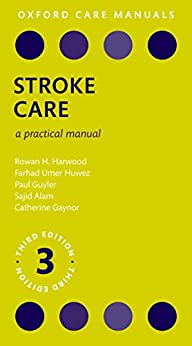
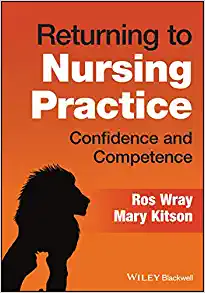
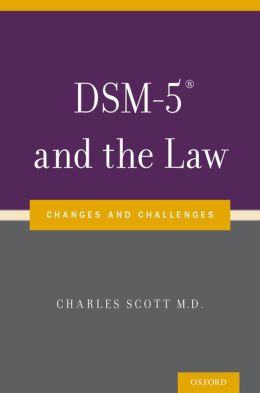
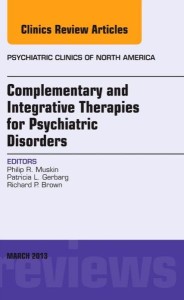
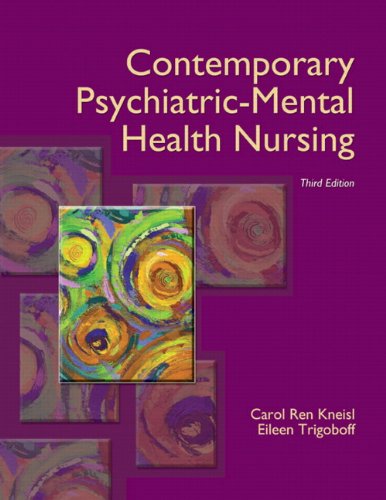

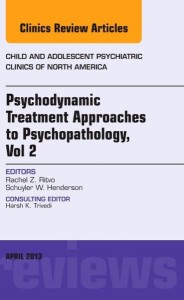
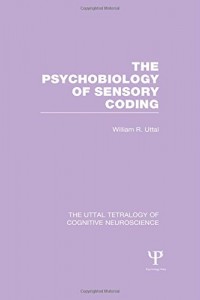
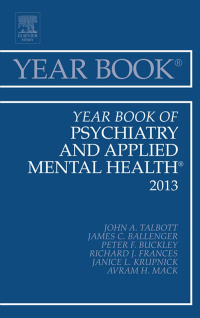
Reviews
Clear filtersThere are no reviews yet.